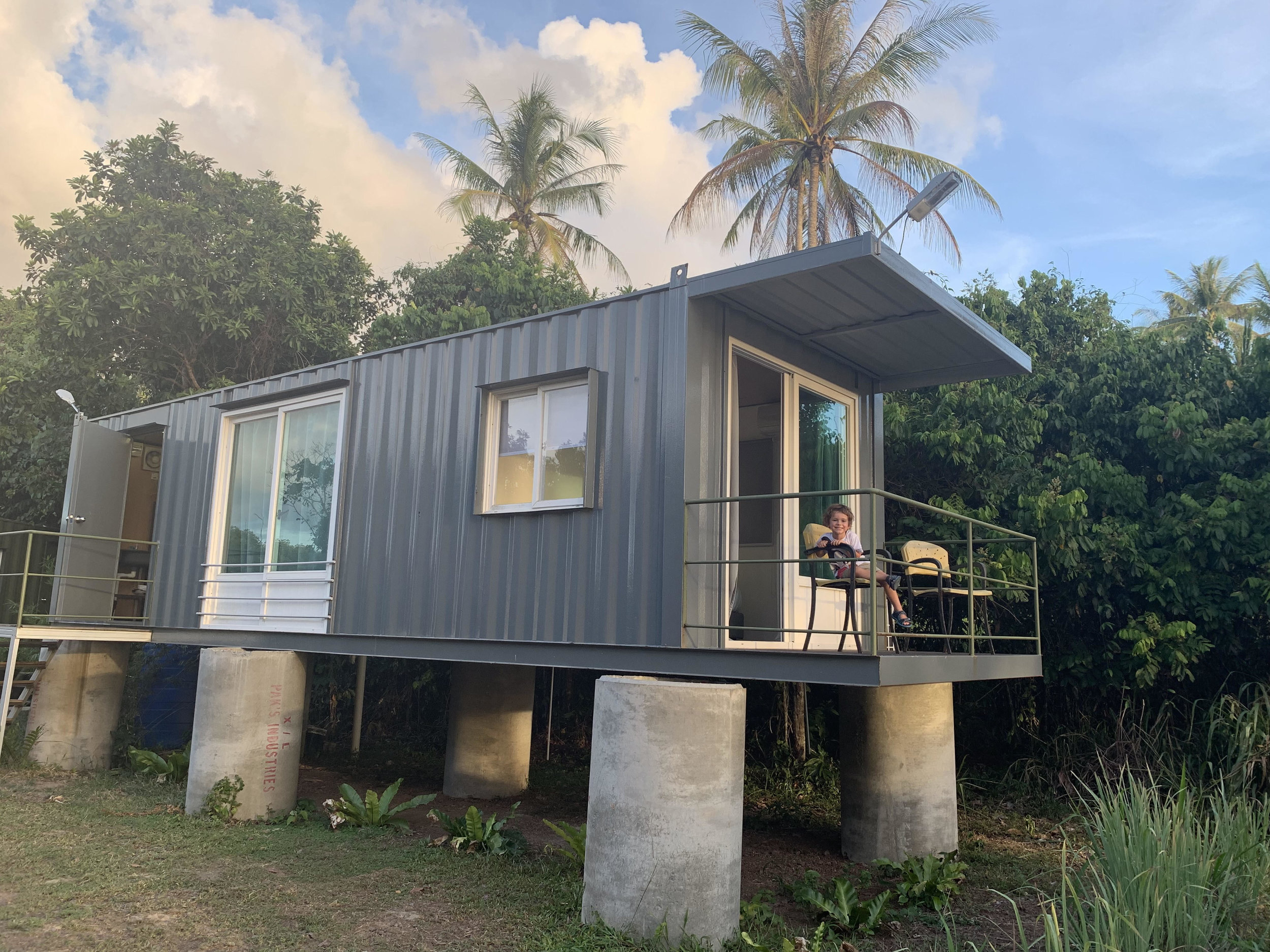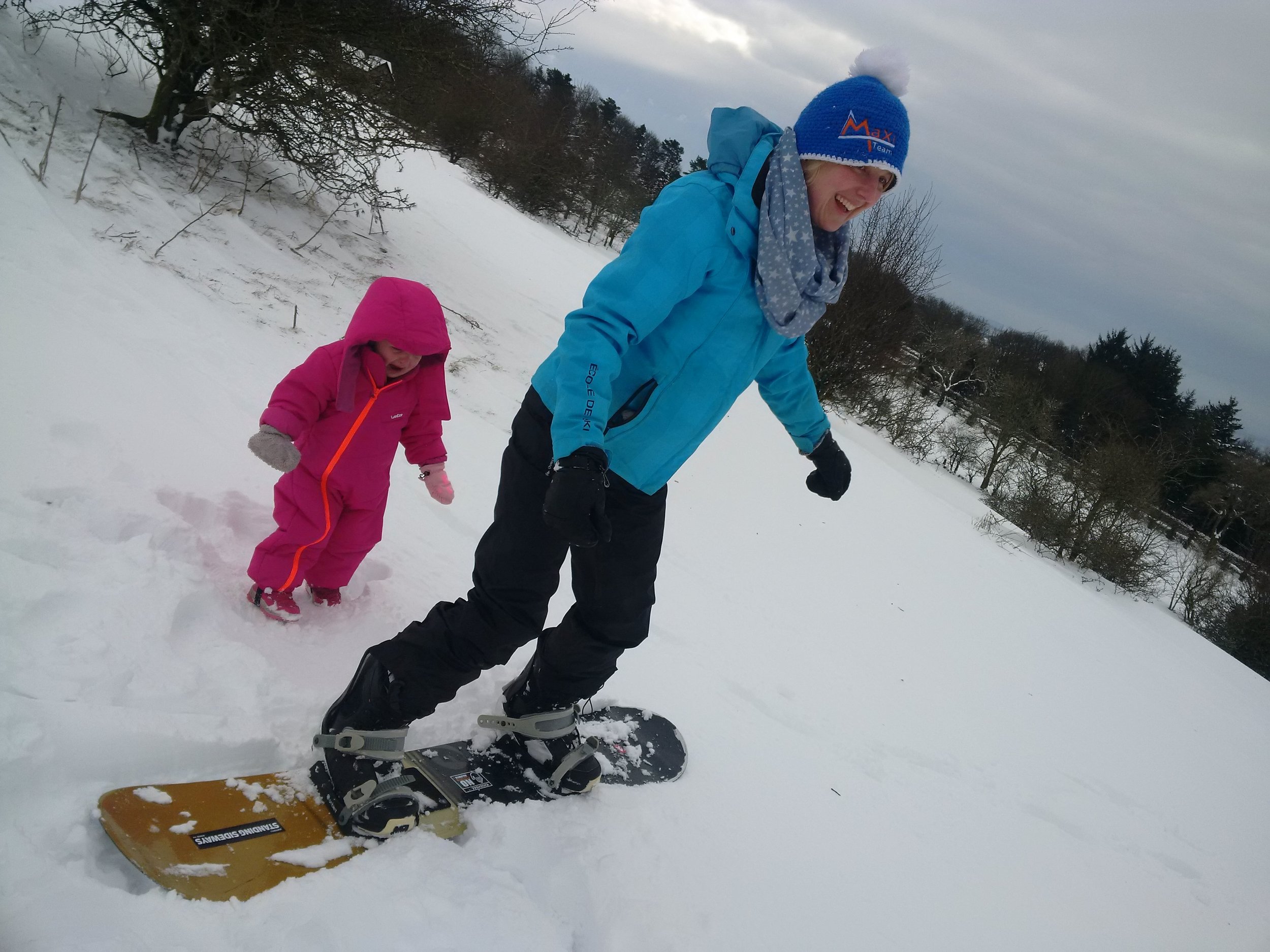Ask kids to start a diary and write in it every day - practise creative writing with feeling, including all their senses
Find and help frog spawn (from yours or a neighbours or community pond) to grow in tupperware in your kitchen for the kids to watch, draw and log how they grow
P.E. With Joe - Tune in to Joe Wicks' YouTube channel every morning at 9am sharp for a live home workout designed especially for children. You don't need any equipment, but you will get 30 minutes of fun.
Joe Wicks may have beaten him to the 9am slot, but from 9.30am you will be able to join Steve Backshall on YouTube, Instagram and Facebook where he will be covering information from "habitats to holotypes, parasites to pademelons...bringing the wild world into your living room". We'd recommend accessing Steve's Facebook site for the video content as your first point of call from Wednesday 25th March
#EarthLiveLessons was the idea of wildlife biologist and broadcaster Lizzie Daly. She has built a community of scientists, conservationists and wildlife filmmakers to share and make free content available to school children. The content is shared directly on Lizzie's YouTube channel
Friends at the Galapagos Conservation Trust have put together some brilliant free resources together about all things Galapagos. Find out everything you've ever wanted to know about the chain of islands made famous by Charles Darwin and its utterly unique wildlife. Some great content on geographical processes and sustainable development.
You might also want to check out Discovering Antarctica; and Discovering the Artic for your geographical fix of information. Some excellent resources across all three websites.
NatGeo Kids provides a vast array of learning materials for children. From content explaining what the coronavirus is, through to challenges designed to tackle the challenge of plastic pollution. The site really has it all.
You can also get a similar set of resources from WWF if you wanted to get a little bit wilder with your lesson plans and materials for children.
Travel to and explore the USA, Nepal, Peru, the U.K., Greece, Japan, and many more through video games - yep, they can be educational too! With travel and education being affected by the outbreak, many turn to virtual tools for exploration and learning. While Virtual Reality (VR) might help you to visually see a place, video games can offer a more immersive storytelling experience. So, is a review list of the best of them!
Take part in virtual run/walk: Rundinavia! How about using your one outdoor activity of the day to take part in a 3,000km family adventure? Record your daily kilometres, send them to me each week and I will send you a weekly update of how far you have gone! Click here to register and get your starter pack
Create A Fill-My-Bucket List:
Get together with your kids and draw up a (fill my) ‘bucket list’ of things they want to do during a quarantine. You can just write it as a long list that you tick off, or you can chart it in other creative ways, including different points allocated for different activities and effort. For example, to reach 100 Happy Points, over your time together. The key here is that you are engaging with them, getting not just their buy-in but really taking into account their feelings, their needs and their wishes.
Rack up Some Rhythm:
Make a conscious decision to create a rhythm to your days. Schools do this. Try to build in little touchstone moments, segments the kids love, come to expect and look forward to, sprinkled through the day. Examples for include:
Play a board game in the morning
‘Magical reading hour’ (more about that, in a moment) – which we literally ring in with a bell, each time;
Daily green smoothie;
Piano practice
Special Time (again, more about that in a mo). All of these segments come at a predictable time in our routine.
Ready to Read Aloud: We call it ‘magical reading hour.’ Reading aloud to/with your kids has so many benefits. From building attention span and vocabulary to nurturing empathy, creativity and imagination as well as providing a launchpad for myriad deep, juicy discussions about history, politics, music, social context… not to mention literary analysis, of course!
Special Time: This is the awesome sauce that relieves behavioural issues and sibling rivalry. It’s quite simple but incredibly powerful. Set a timer and spend a short amount of time (usually between 10 and 20 minutes – certainly not more than 30) giving your COMPLETE attention to ONE child. That is key. It is one-to-one time with a guarantee of no interruptions (Read about how to do Special Time when you have more than one child). AND the kid gets to lead 100%. It is their time, their choice. They get to chose what to play or not play. You can have some safety limits but that really should be it.
This is about them. They lead. You follow. Your main job is to pour your delight into your child. Focus on what they are interested in, for those 10-20 minutes.
Be positive and supportive. Do not fix, rescue or ‘adjust’ their ideas, plans and creations.
Your warm attention and joyful connection is like balm for their soul. And as you ‘fill their happiness bucket’ in this way, you really re-set them emotionally and have a bigger chance of seeing the best of them in the hours to come.
A connected child is a contended and cooperative child. One note…sometimes Special Time creates so much safety that it actually allows kids to show us MORE of their pent-up emotions/tears/tantrums. That’s another story. That’s them being smart and using your attention to offload those feelings…you can read more about how that in this guide to Special Time. But for now, know that Special Time is a real go-to for maintaining a connected family.
Bake and Cook Together. Because it’s fun… and then you can eat it.
Spend Time in Nature:
You have to be apart from other people… that does not mean you have to be apart from a forest or field or beach. Nature is just the best way to re-set, re-energise and spend HOURS playing without even remembering or thinking about screens. In fact, if the kids are squabbling and you add space, that is often enough to completely change the mood, giving them a new focus as they naturally take to climbing, racing and imaginative play in the woods.
Skype Playdates with Family and Friends:
Anything to give the kids (and you) some extra connection and FaceTime with people they love and who love them AND to give you 15mins off to think or, you know, go to the toilet.
Let the Music Play:
Music is healing and uplifting. Play music, sing, dance. Explore music linked to books you are reading together. Have a dance party in the kitchen. Make up songs together. Or, pick up some instruments and have an impromptu jam session.
Milk the Resources:
There’s plenty online that can make good teachers. For this short time at home, consider using educational apps, play books on audible or Spotify, watch documentaries, use online thinking games, sudoku, and logic problems, and download activity sheets or books.
Get Physical:
Do as much roughhousing, full-body style play as you can pull off. Play tag, hide-and-seek, wrestle, have pillow fights, sock fights, balloon pong, bucking bronco, airplanes, wacky races.
Even if you play for just 5 minutes a day but do it with your full heart your kids will thank you.
The more you all giggle together, the happier your time together will be – not just in those moments, but after, too, as laugher is really one of the best ways to relieve stress.
Join Wild Dog Fitness for online classes for adult and kids
Get on YouTube Tutorials:
This platform gives plenty of step-by-step in art, crafts or science projects, providing a whole focus for a day or week’s worth of self-paced projects. Letting your kids choose what to do keeps them more engaged. You can do the project with them for more connection or let it be something they do on their own, while you use the time to catch up on chores or your work.
Do a Daily Challenge:
If you are trying to pack in some education, you might find your children resist.This can happen because they’re used to associating school with (enforced) learning and you with time off.
Try making this more fun by daily challenge up on the fridge or pinboard.
My kids love this, not least because it is always optional. They get to do it if and when it feels fun to engage with. You can try this with subjects they are studying, from numbers counts and multiplication to language skills, or try some challenges less obvious educational bent (while being educational!). There are 10 great challenge ideas here.
Get Support and Connection for you:
You won’t be able to take good care of your kids and create ‘wonder and joy’ at home if you are overwhelmed, underwater emotionally or struggling.
Do whatever you can to top up YOUR cup. The best way I know if Listening Partnerships, which are free, can be done online and are such a great way to offload tension and re-find your own centre. Get this free guide to Listening Partnerships to get started.
Don’t Shrug Off Self-Care:
Meditate, do some yoga, chant, sing and dance for you…on your own or WITH the kids. Like Listening Partnerships, self-care is about keeping yourself as grounded and uplifted as you can.
The more resourced you are, the better you’ll be able to respond to your kids. You’ll do better being creative and making this strange time we find ourselves in a positive time they remember.
Plan In “Surprises”:
Rhythm is important, but so is being crazy, spontaneous and surprising your kids. There’s plenty of ways to mix things up:
Hold a candlelit dinner
Plan a movie night with popcorn
Camp out in the living room overnight
Play an impromptu game of charades
Hide a string of clues or a treasure map to find their breakfast
These ideas have sparked my creativity in our own homeschooling experience, helping us connect, have fun and turn this ‘challenge’ into a time to remember… fondly!
It won’t always be easy, with rainbows and unicorns, so here’s the biggest thing to remember: Be kind and forgiving of yourself along the way…
Since many kids are/will be home from school, sharing an awesome list of ideas from a parent who homeschools.








































